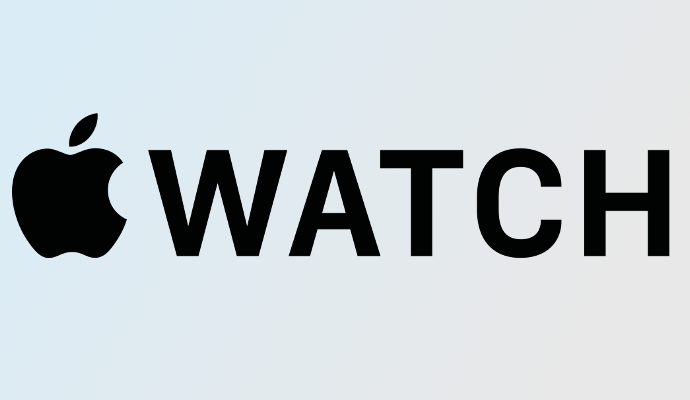Apple Floats Idea of Subsidizing Watches for Medicare Advantage
Apple is reportedly in talks with several Medicare Advantage plans to subsidize access to its Watch for vulnerable seniors.

Source: Apple
- Apple has approached several Medicare Advantage plan providers to discuss the idea of subsidizing its Apple Watch for at-risk seniors, according to industry reports.
CNBC reporter Christina Farr states that at least three Medicare Advantage providers have participated in talks with the technology giant, which is looking to align its popular wearable device more closely with the healthcare market.
The most current version of the Watch includes an FDA-approved electrocardiogram function, which has attracted a great deal of attention among chronic disease management experts.
The new sensor can detect atrial fibrillation (AFib) with a high degree of accuracy. The condition affects just under 10 percent of people over the age of 65, and is a leading contributor to stroke.
“We are confident in the ability of these features to help users have more informed conversations with their physicians,” said Sumbul Desai, MD, Apple’s vice president of Health, in December of 2018.
“With the ECG app and irregular rhythm notification feature, customers can now better understand aspects of their heart health in a more meaningful way.”
According to widely reported anecdotes, the feature has already identified previously undiagnosed conditions and helped patients seek medical care at crucial moments.
However, the device retails for just under $400, a price that may not be in the realm of possibility for many seniors living on fixed or limited incomes.
Apple has already inked subsidy agreements and partnerships with several commercial health payers, including Aetna, Humana, and UnitedHealthcare.
In the spring of 2018, UnitedHealthcare announced that it would be integrating the Apple Watch into its UnitedHealthcare Motion wellness incentive program.
Participants can receive a Watch at almost no up-front cost, then use the wearable device to track their physical activity and earn financial credit towards owning the device once they meet exercise goals.
Humana also offers Watch-based options through several applications that run on the wrist-worn device. The app can help individuals manage their medications by accessing reminders and order trackers for their pharmaceutical products.
Aetna embraced the Watch in 2016 with a program to provide partially- and fully-subsidized devices to its 50,000 employees and certain member populations.
“We are thrilled that Aetna will be helping their members and employees take greater control of their health using Apple Watch,” Apple CEO Tim Cook said at the time. “Aetna’s new initiatives will be a powerful force toward creating better customer experiences in healthcare, and we look forward to working with Aetna to make them successful.”
Aetna is looking to expand the program to more of its members to generate potentially valuable data about population health and chronic disease management, and is also exploring additional pilots and programs leveraging the full suite of Apple devices and capabilities.
Bringing the devices to at-risk seniors on Medicare Advantage plans may be a smart move for the Cupertino company, which is exploring ways to expand beyond a saturated iPhone market.
Its early forays into healthcare have been highly successful. The Apple Health Records EHR viewer has been a smash hit among hospitals and health systems.
Recent data published in the Journal of the American Medical Association found that close to eighty percent of patients using the app to view their aggregated personal health data are satisfied with the functionality and ease of getting started with the app.
Ninety percent of patients said the option has enhanced their healthcare experience, although researchers noted that the novelty of the system may be contributing to its high user satisfaction scores.
Nevertheless, the industry is certainly headed towards merging consumer devices and services with clinical experiences in a variety of ways.
Expanding the availability of the Apple Watch by making the tool more affordable for vulnerable seniors may be a shrewd step for payers who are looking to capitalize on demand for more intuitive, integrated digital experiences in 2019.
Consumers of all ages and socioeconomic backgrounds are increasingly interested in using technologies they are already familiar with, such as their smartphones and wearables, to engage more deeply with the healthcare system.
Payers that manage to create enjoyable, effective digital experiences using these consumer-focused tools are likely to see higher member engagement and, potentially, lower spending on chronic diseases.
Whether Apple succeeds in convincing more payers to subsidize its Watches remains to be seen, but it appears likely that the number of partnerships between insurance carriers and consumer technology companies will continue to grow throughout 2019.
